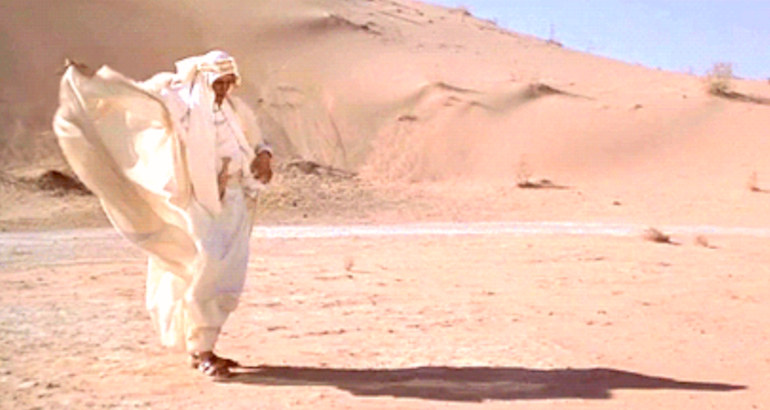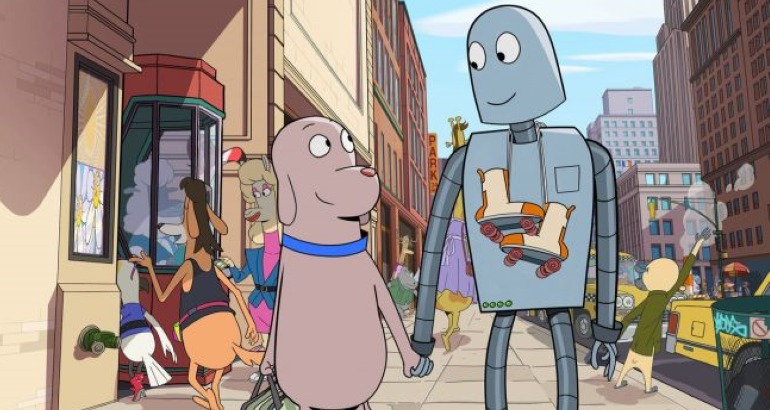Lawrence of Arabia (Re-Release): A Timeless Epic of Myth and Man

- Film





Overview
David Lean's Lawrence of Arabia (1962) remains the gold standard of historical epics, and its periodic re-releases allow new generations to experience its grandeur as intended—on the big screen. The story of T.E. Lawrence's improbable role in the Arab Revolt against the Ottoman Empire during WWI, the film blends sweeping desert vistas with intimate psychological drama, anchored by Peter O'Toole's star-making performance. Winner of seven Academy Awards including Best Picture, this 4K restoration (supervised by original editor Anne V. Coates) reveals fresh details in Freddie Young's legendary cinematography while preserving the film's monumental impact.
Contents
Key Scenes Enhanced by Restoration
Why the Re-Release Matters
This isn't just another classic revival—it's a revelation:
-
Technical Marvels Restored:
- The 2012 4K scan (from the 8K restoration of the original 65mm negative) eliminates scratches and color fading from earlier prints
- The re-recorded 6-track stereo soundtrack brings Maurice Jarre's score to thunderous life
- Key sequences like the "Mirage" entrance now shimmer with unprecedented clarity
-
Cultural Reassessment:
- Modern audiences engage with its complex portrayal of colonialism
- Arab critics have reevaluated its depiction of tribal dynamics
- The 2023 BFI re-release included panels on Lawrence's legacy and Middle Eastern representation
-
Theatrical Experience:
- The overture/intermission structure (often cut for TV) is preserved
- 70mm screenings at venues like LA's Cinerama Dome recreate the 1962 roadshow experience
Key Scenes Enhanced by Restoration
-
The Sun's Anvil (Act 2 opening):
- Now visible: individual sweat beads on Lawrence's face as he crosses the Nefud Desert
- The restored day-for-night photography reveals moonlit rock textures previously lost
-
Auda's Tent (Dawn Attack):
- Golden hour hues distinguish between firelight and sunrise
- Subtle expressions among the tribal leaders gain new nuance
-
Train Ambush:
- Debris from the explosion now appears to fly into the audience
- The restored dynamic range makes distant gunfire spatially precise
Performance Nuances Revealed
The restoration highlights acting details often missed:
- Omar Sharif's micro-expressions as Ali watches Lawrence drink tea
- Alec Guinness' Prince Faisal subtly manipulating Lawrence in their first meeting
- Anthony Quinn's Auda abu Tayi conveying both cunning and genuine grief
Legacy of the Restoration
This version has:
- Screened at the Cannes Classics section (2019)
- Inspired new academic studies of Lean's visual storytelling
- Become the reference copy for all future home media releases
- Prompted retrospectives on practical effects (the train crash used real explosives)
Why See It in Theaters
Unlike streaming versions:
- The desert vistas fill your peripheral vision
- Jarre's score physically vibrates through the seats
- The intermission allows proper absorption of the film's scale
- Collective audience reactions (gasps at the mirage, silence after the Deraa scene) become part of the experience
Critical Reappraisal
Contemporary reviews note:
- How the restoration underscores Lean's environmental storytelling
- Sharif's performance now recognized as the emotional anchor
- The battle scenes' influence on everything from Star Wars to Dune
- Its continued relevance to modern Middle Eastern geopolitics
Viewing Tips for First-Timers
- Prepare for the Pace: Its 227-minute runtime demands patience but rewards it
- Note the Eyes: Lean uses extreme close-ups of Lawrence's blue eyes as moral barometers
- Watch for Transitions: The famous match-cut (blowing out a match → desert sunrise) looks even more seamless
- Stay Through Credits: The restoration team's dedication to preserving Robert Bolt's handwritten script notes is moving







